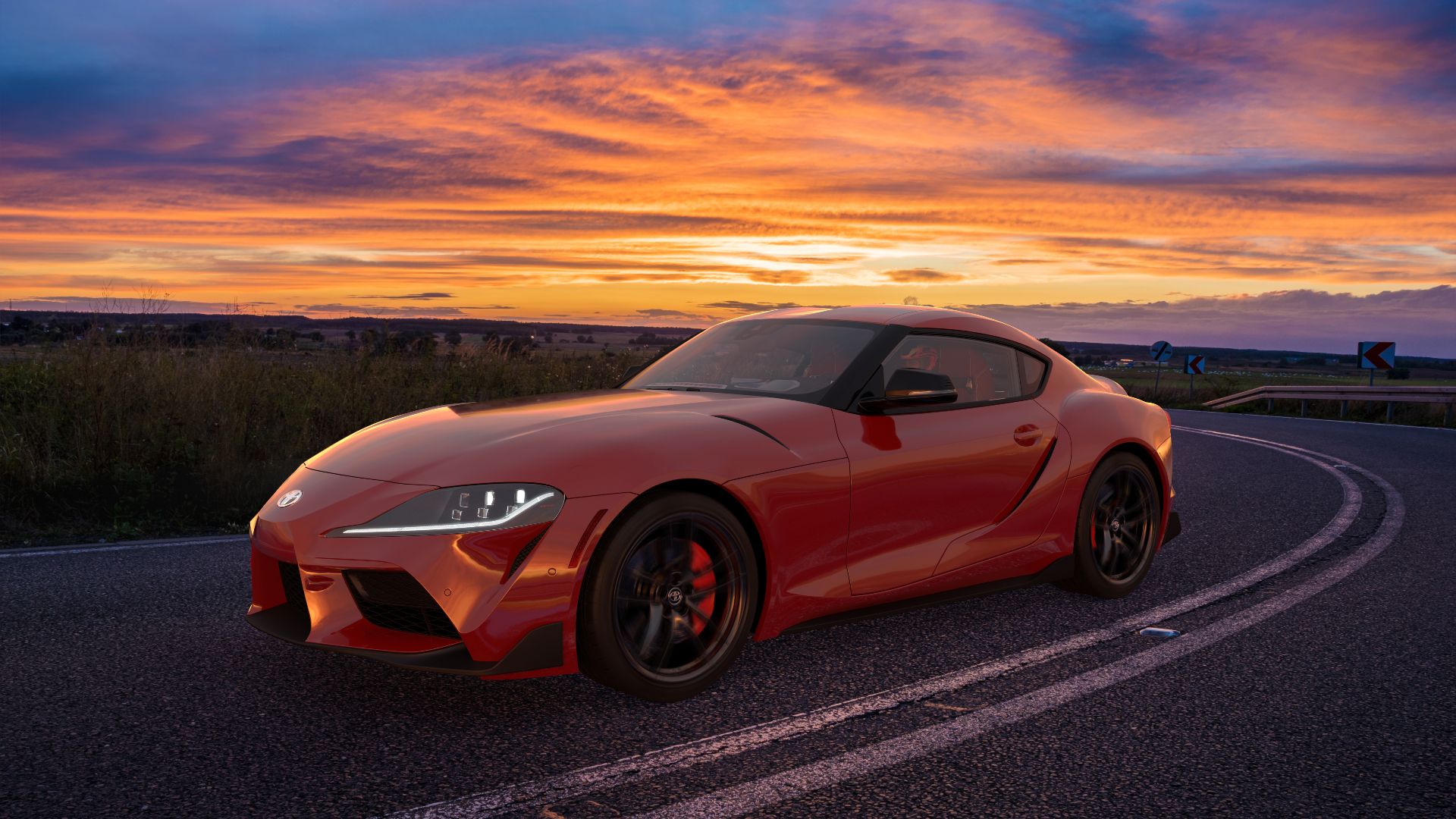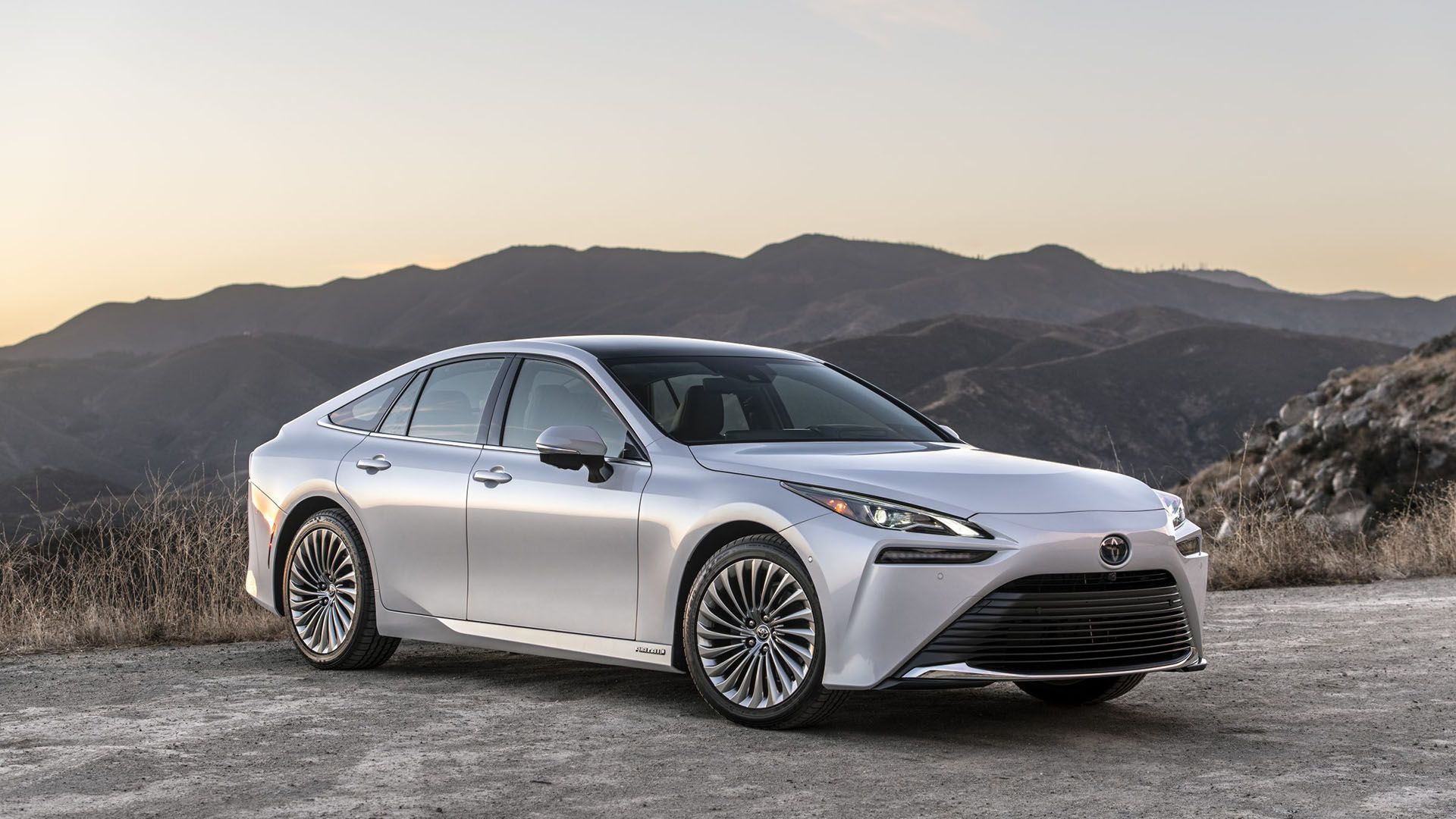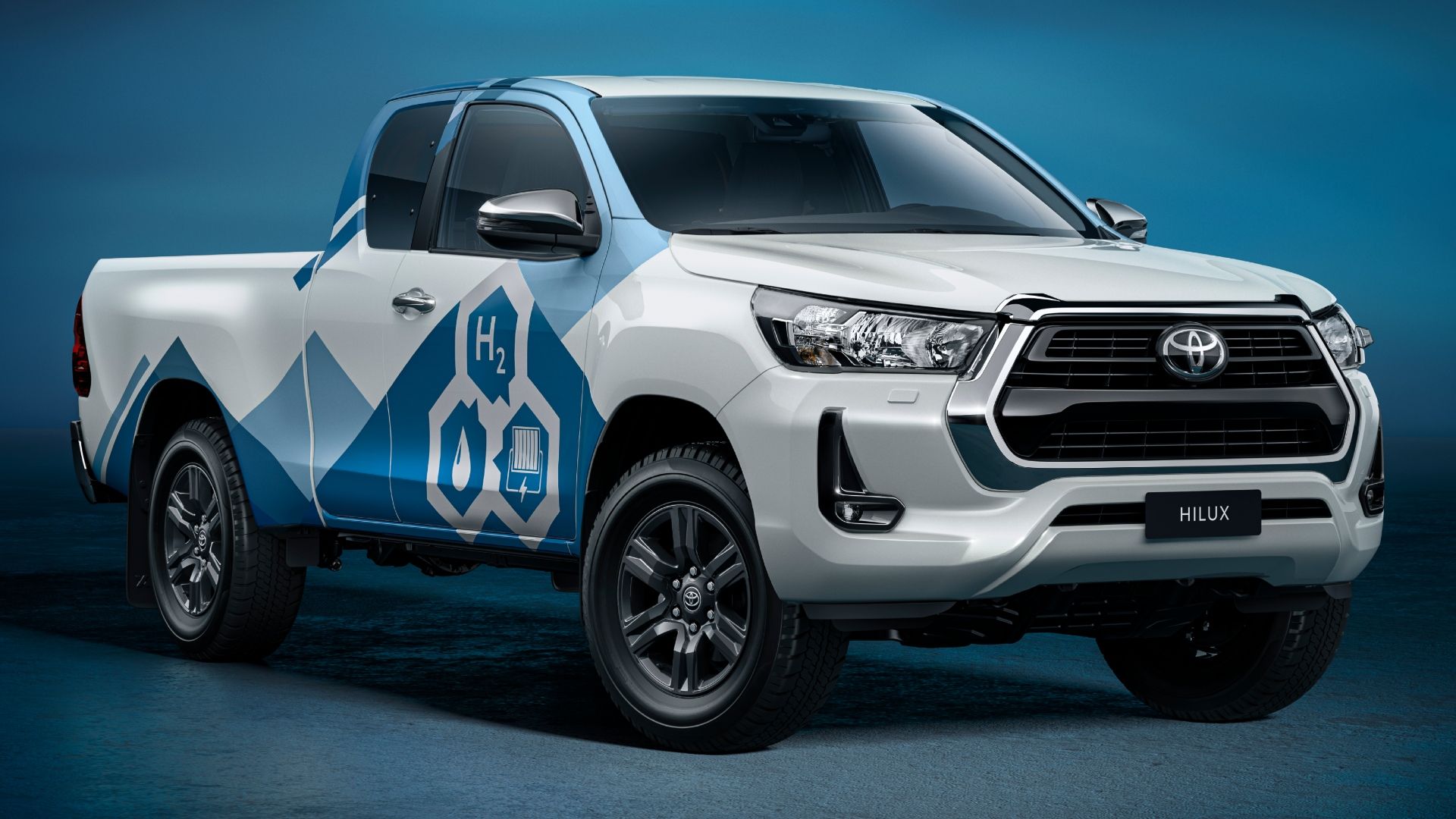The company behind the legendary Supra, Toyota, is investing a lot in the technology of hydrogen-powered vehicles. The maker is shifting from longtime CEO Akio Toyoda, and with that comes a new focus on the development of EVs. Toyota is rolling out its own platform of electric vehicles that should be available by 2026. Still, the company does not appear ready to walk away from its investments in hydrogen tech. Incoming CEO Koji Sato has stated: "We want to ensure that hydrogen stays a viable option." This echoes the sentiment of the Japanese nation itself, as it hopes the number of hydrogen fuel cell-powered vehicles will grow on its roads to 200,000 by 2025, and 800,000 by 2030. Along those lines, Japan has 160 fueling stations in the country, and the network should include around 900 by 2030. Still, Sato also states: "Unless we see an evolution there, we cannot expect a volume increase in the energy's use."
Thus, companies such as Kawasaki Heavy Industries, as well as BMW have supported Toyota in their own ways to advance hydrogen-powered technology. In addition, Hyundai has invested its own resources in the project, and Honda and GM are even working together towards the same research. So clearly major manufacturers have not given up on hydrogen, despite the unified push to electrify transportation. Toyota may be well-equipped to advance this technology and implement it in its own country, but what about the rest of the world (starting with the U.S.)?
Hydrogen-: To Be Or Not To Be?
To know if hydrogen-powered technology makes sense in mass transportation, one must first understand how that technology works, along with the challenges of implementing such technology. Hydrogen vehicles are another zero-emission option, one that emits only water vapor from its exhaust pipe. Therefore, it makes sense for it to be considered along with the electric vehicle, albeit the two are related yet dissimilar. These differences have resulted in 2.5 million EVs sold in the U.S. to date, with only 15,000-odd hydrogen fuel-cell-powered vehicles on U.S. roads today. In addition, all of these hydrogen cars are in California, the only State with the infrastructure to currently support such a vehicle! This is because California is the sole State with a network of retail fueling stations.
Hydrogen-powered cars have been available for sale since 2015, though this list includes but a few: the Honda Clarity Fuel Cell, Hyundai Nexo SUV, and Toyota's own Mirai. Honda has since ended production on the Clarity, Hyundai has sold less than 1,500 Nexo SUVs, but Toyota has sold 10,700 Mirai sedans over two generations! One can already see the challenges in making a profit on such technology in the U.S., but certainly, Toyota is at the forefront of any success. As outgoing Toyota CEO Toyoda once said:"...the right answer is still unclear, we shouldn't limit ourselves to just one option."
Pros And Cons Of Hydrogen
A hydrogen vehicle is related to an electric vehicle in the sense that it uses the same type of motor to spin the wheels, but instead of a battery, it uses pure hydrogen mixed with oxygen to create the electricity that moves the wheels. A hydrogen vehicle would be more like a gas-powered car, in that it's refueled in a matter of minutes at a refueling station, into high-pressure carbon fiber tanks. Hydrogen is the most abundant resource around, except it's never found in its pure state, requiring substantial work to make it suitable for use as a "fuel."
Hydrogen vehicles drive similarly to battery-powered electric ones. They appear to be as safe to drive as any vehicle, as no reported deaths or injuries have been claimed due to specific hydrogen-related parts, admittedly in a small sample size. The vehicles are designed with high-pressure tanks to withstand the most high-speed of crashes, as hydrogen is an extremely flammable substance. Though hydrogen vehicles drive like an EV: quiet, smooth, and peaceful; they don't suffer from the same charging problem that an EV has. Still, the ability to be refueled in minutes like a gas car means little when there aren't enough fueling stations to go around. California was supposed to have 100 stations by now, but they have about 60, and they aren't always online. Considering the fact that they're only there in the first place, gas cars have 100,000 stations nationwide.
Additionally, the infrastructure for supplying hydrogen to a retail setting is also thin. If one does get fuel, it could cost $5-8.50 per gallon in relation to gasoline, while an EV can charge overnight for $1-2 dollars worth of gas in comparison. Add to that any fuel tank servicing, and that's where the complications increase. The tanks are pressurized under 10,000 pounds per square inch! Required purging could take between 30-180 minutes, with special attention towards anything that may run the risk of an explosion. Of note, Toyota does offer up to $15,000 of complimentary hydrogen with any Mirai purchase.
Why A Hydrogen-Powered Supra Still Makes Sense
Despite all the challenges centered around hydrogen-powered vehicles in mass production, such as fuel availability and costs, the idea hasn't been laid to rest just yet. Although the numbers indicate the rising popularity in the U.S. of EVs over hydrogen options, if anyone has the power to change that, it'd be Toyota. Not only has the company not given up on such technology, but it's leading in such sales in the U.S. with its Mirai example. Seeking to further develop the infrastructure in Japan, the Supra could be the vehicle that helps hydrogen power reach the masses in the U.S. Made widely popular by Hollywood in the Fast and Furious films, the Toyota Supra is regarded as one of the most famous candidates for builds. If one knows anything about the 2003-2004 Ford Mustang Cobra, also coined "The Terminator," know that people in car circles refer to that car as the domestic Supra. Even so, after a long hiatus, the Supra proved its own popularity again. It was brought back, with some BMW bits, to rave reviews. Toyota even listened to customer laments and added a manual transmission no-cost option for 2023. Though a lot of the car was made possible by partnering with BMW, the same to could be done to make a hydrogen platform work, given that both companies could be interested in such an endeavor.
If Toyota gives the customers what they want in a Toyota Supra hydrogen car, (perhaps a V-6 or even V-8 engine, with plenty of power, efficiency, and a special exhaust note to offset the loss of a transmission), it may just be enough to entice the American public into a purchase. If Japan is successful in growing the hydrogen infrastructure to support the platform in mass quantities, then the same could be said for outside the State of California in the U.S. Thus, an idea of a hydrogen-powered Supra would become a reality, and Toyota already has the following and majority footprint to turn that reality into a booming success. Would then the world follow suit and fall into a domino effect? Only time will tell.




